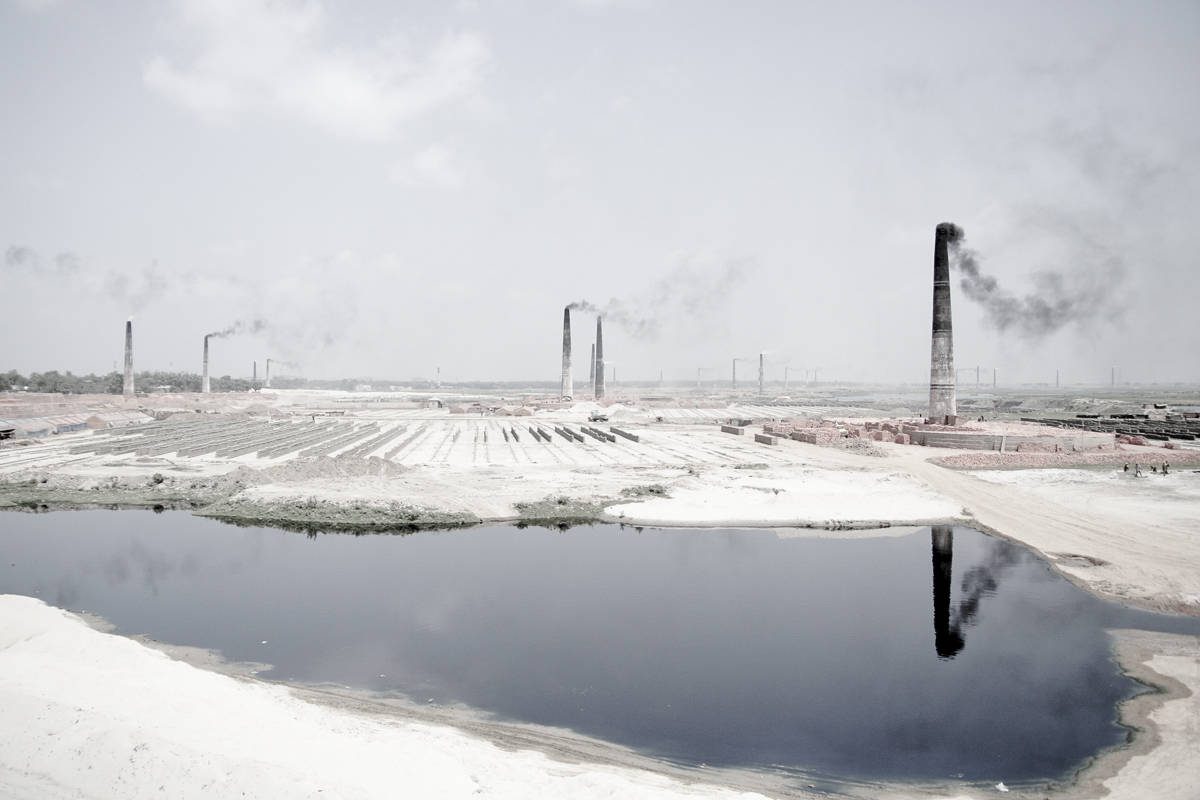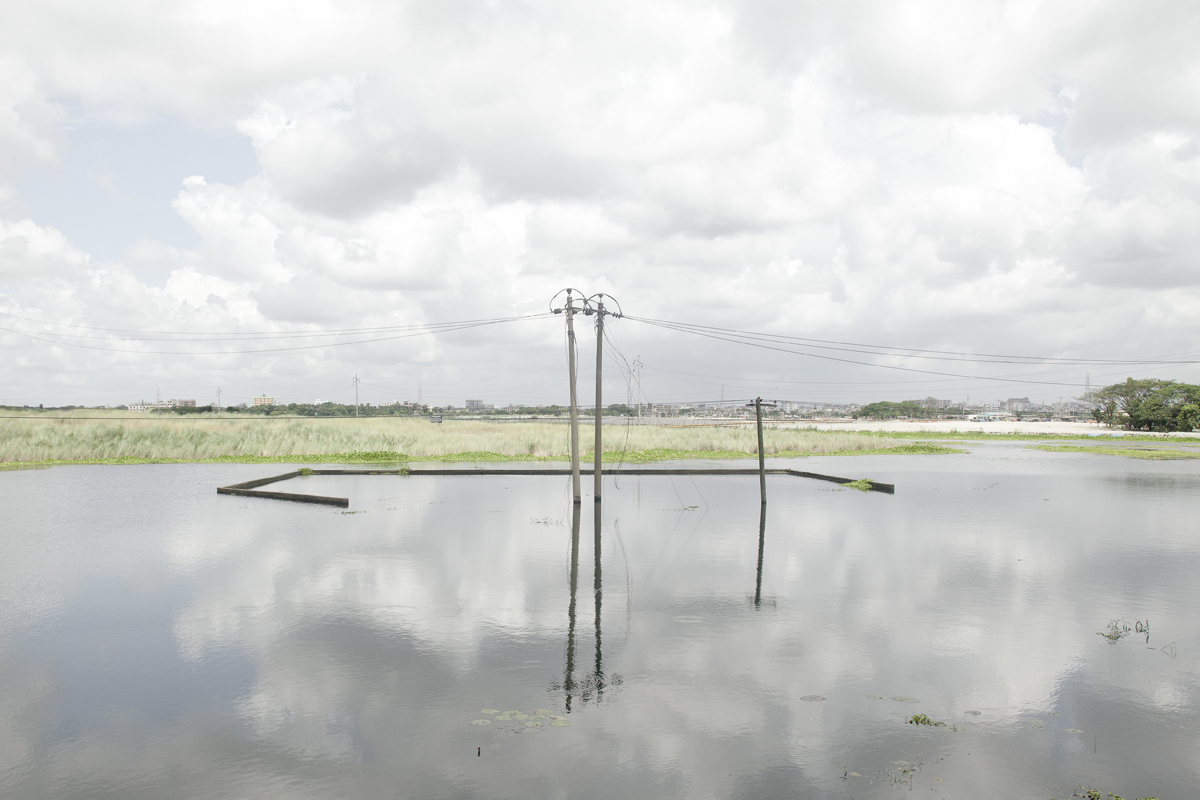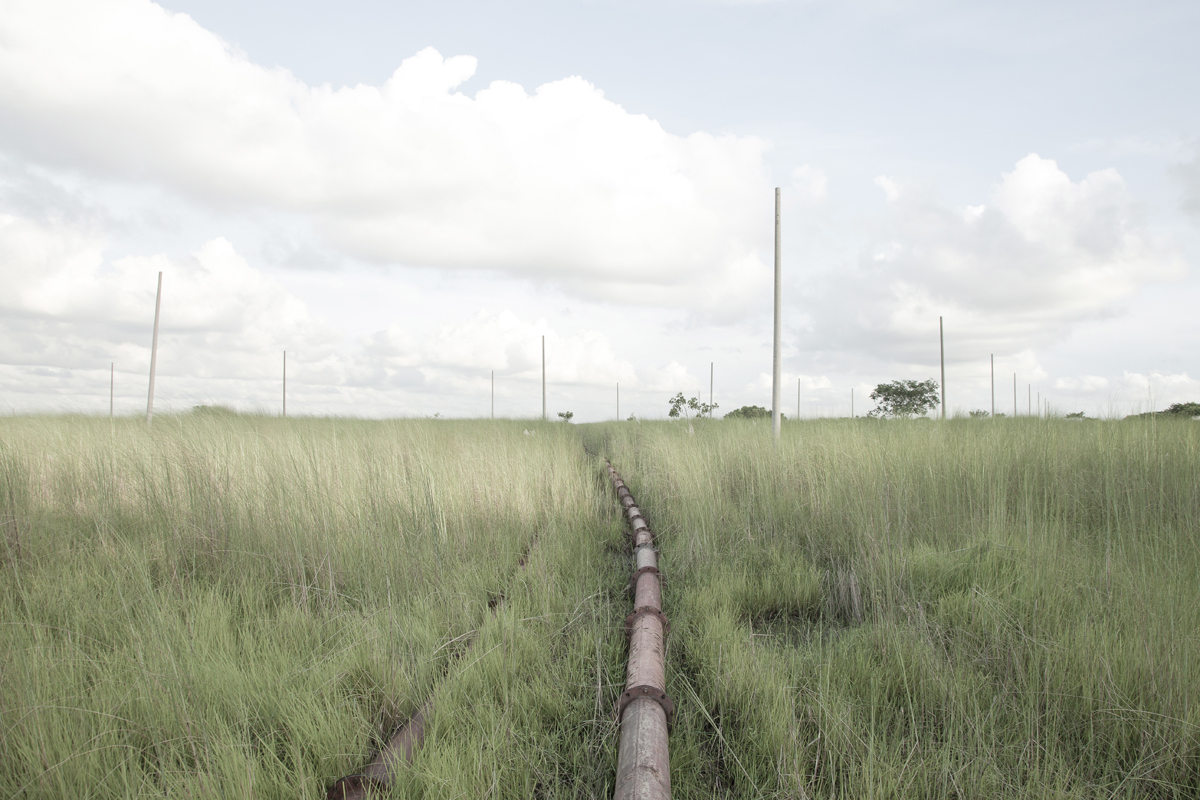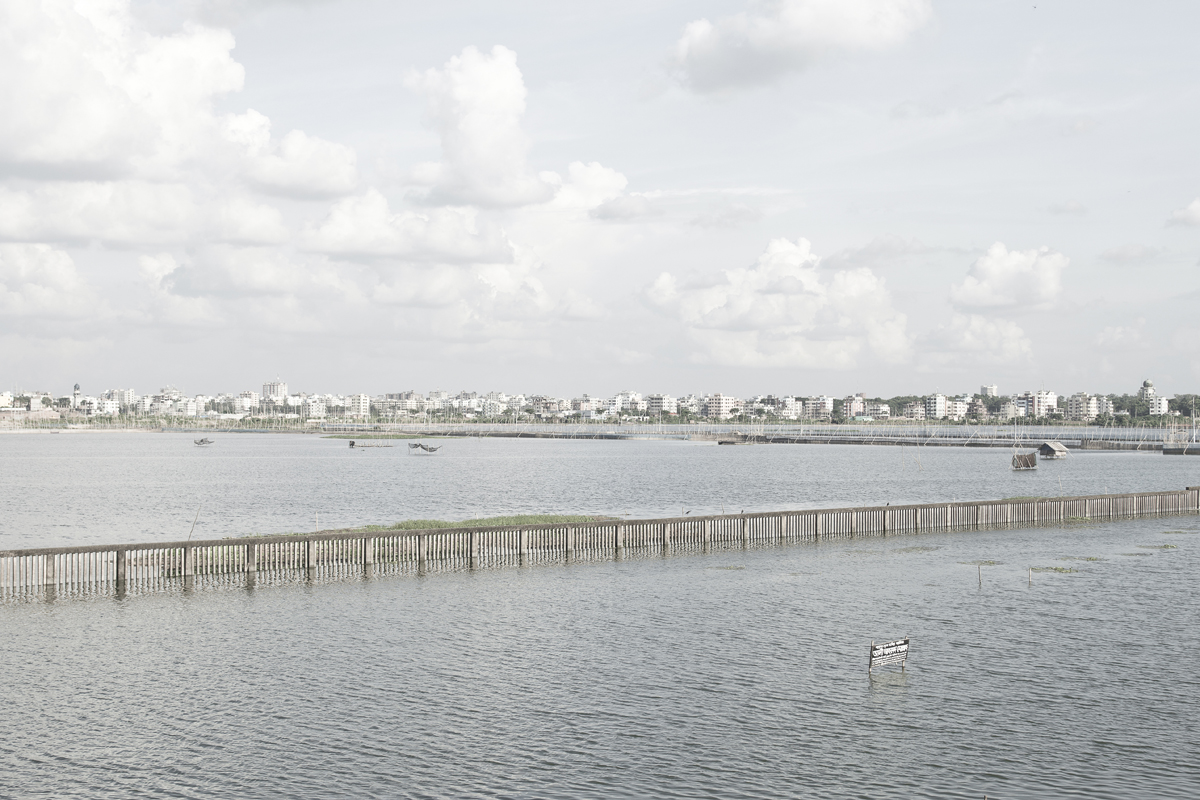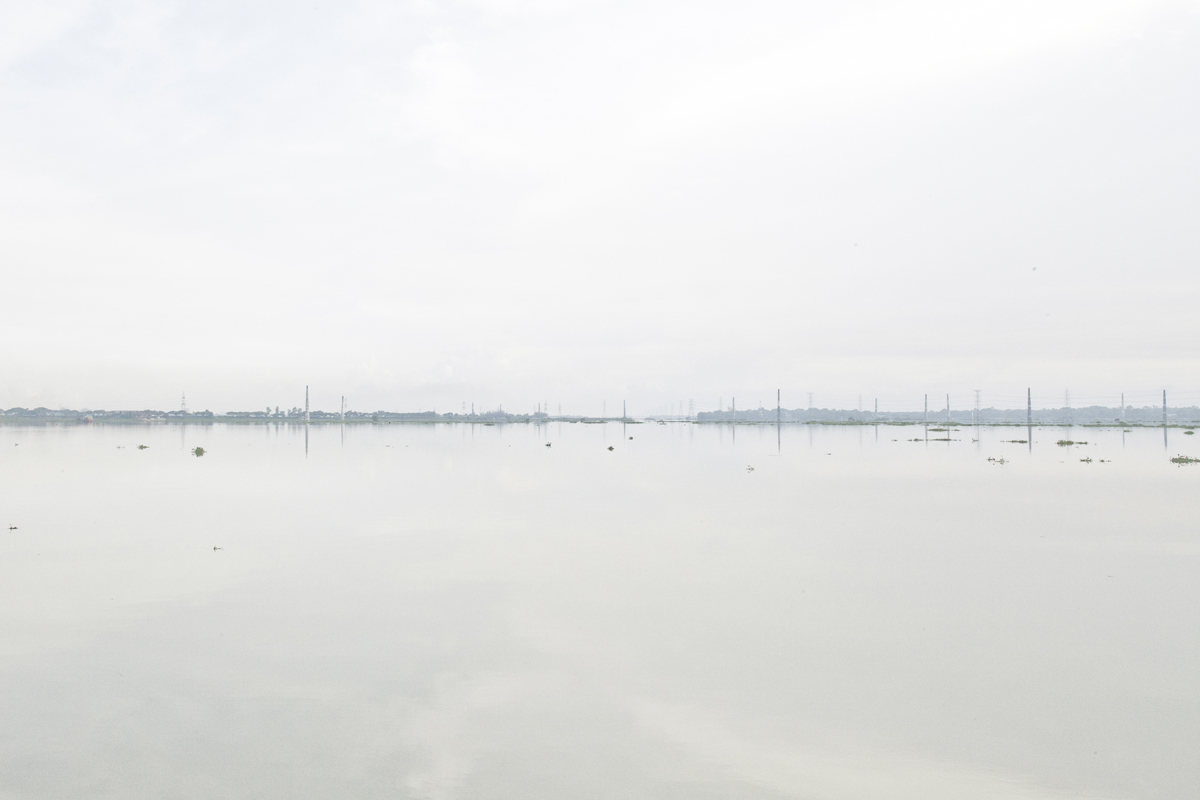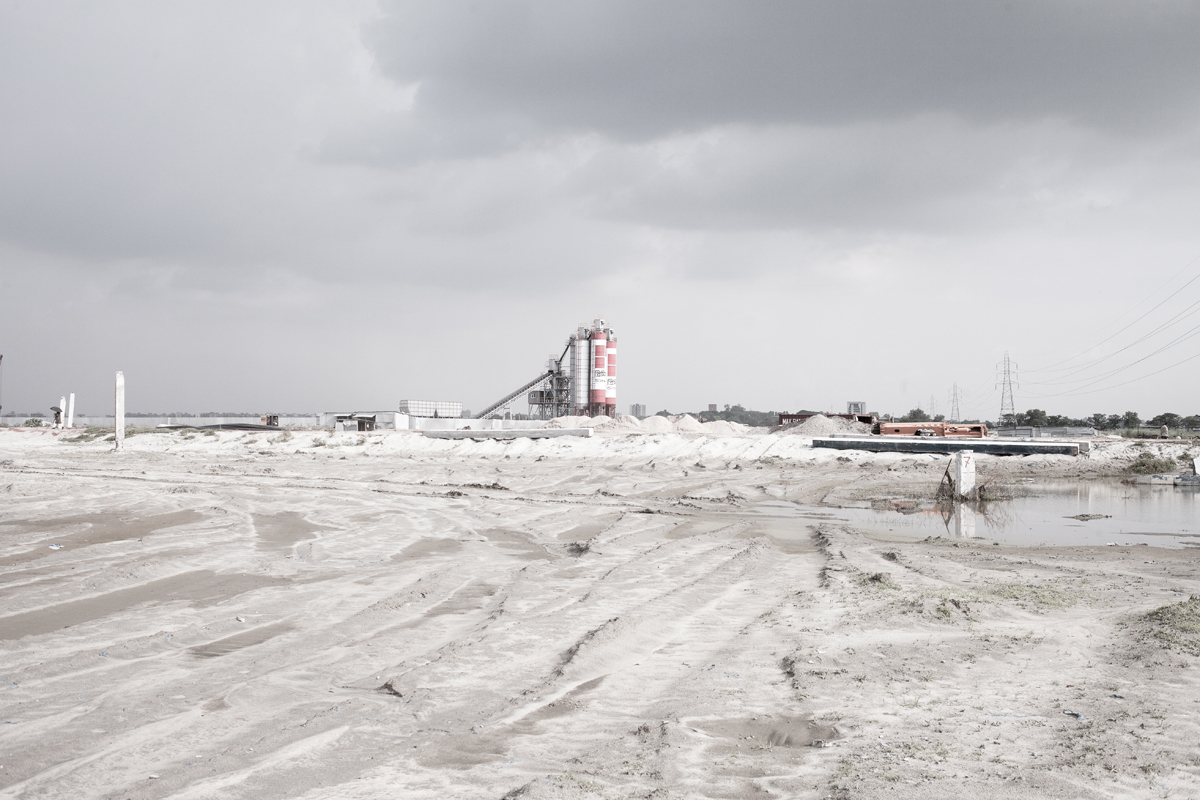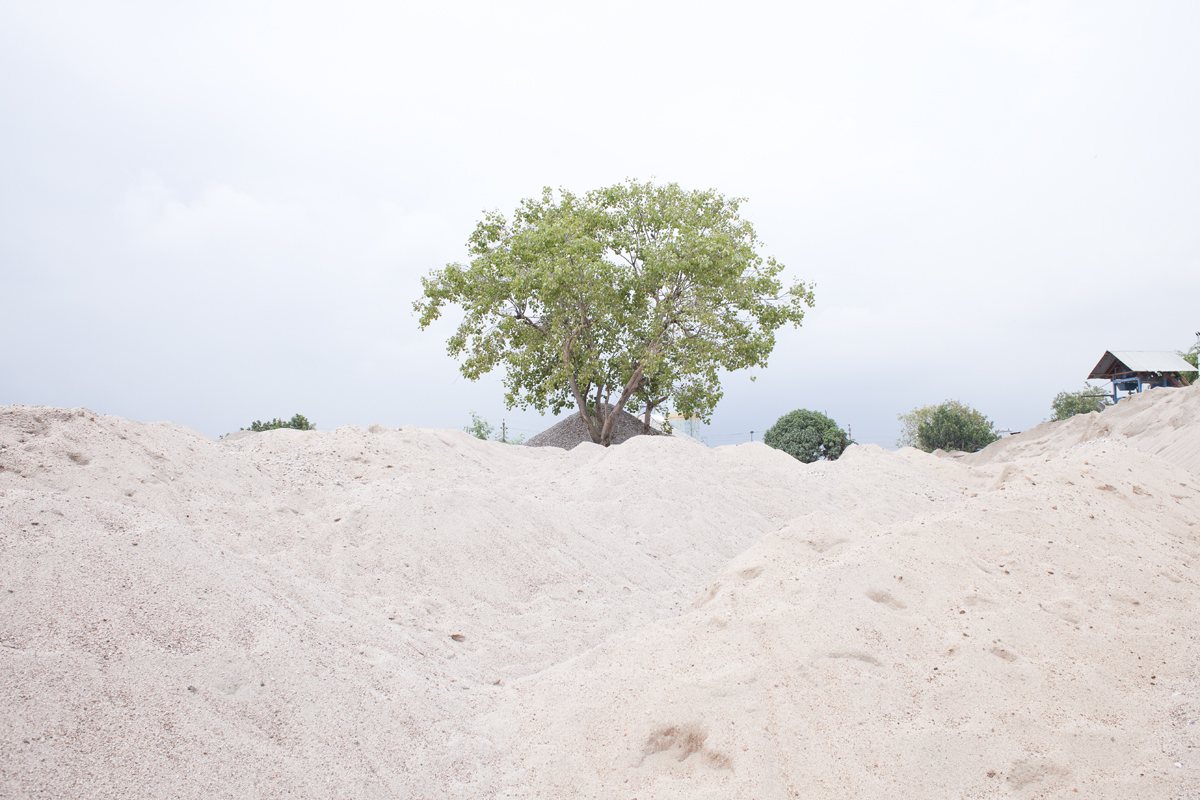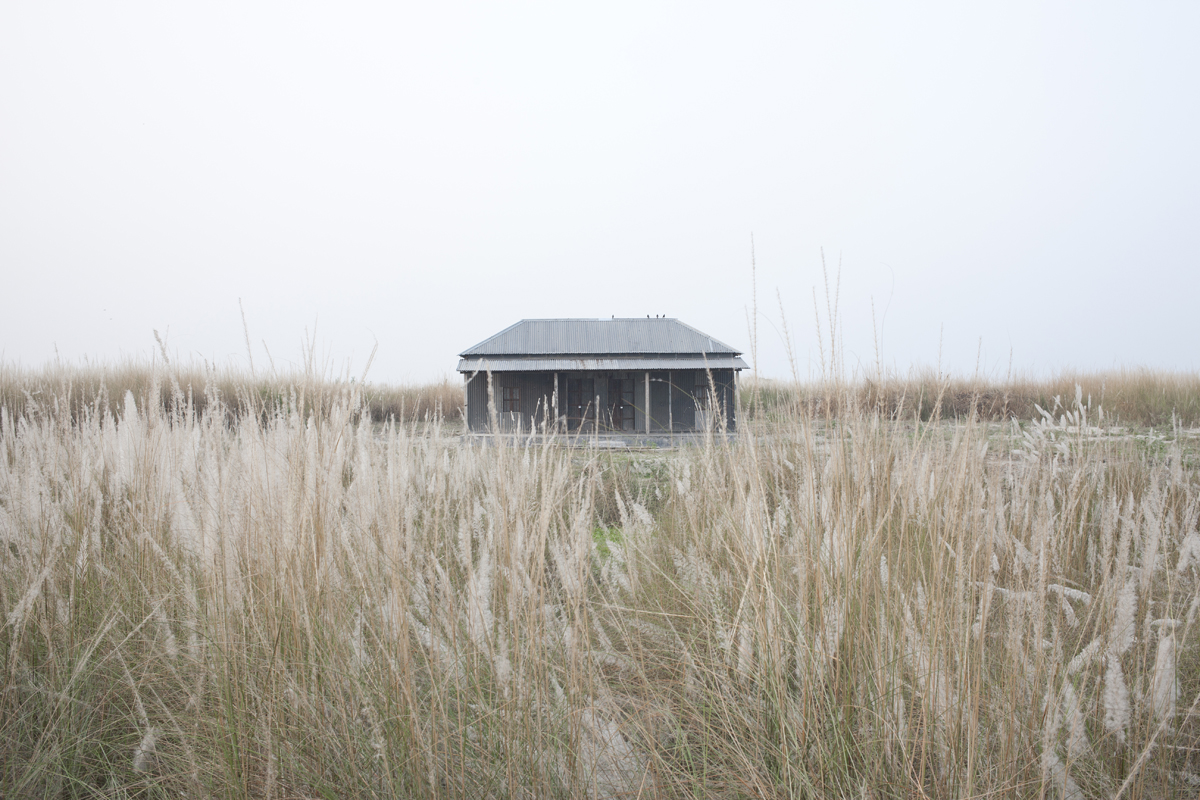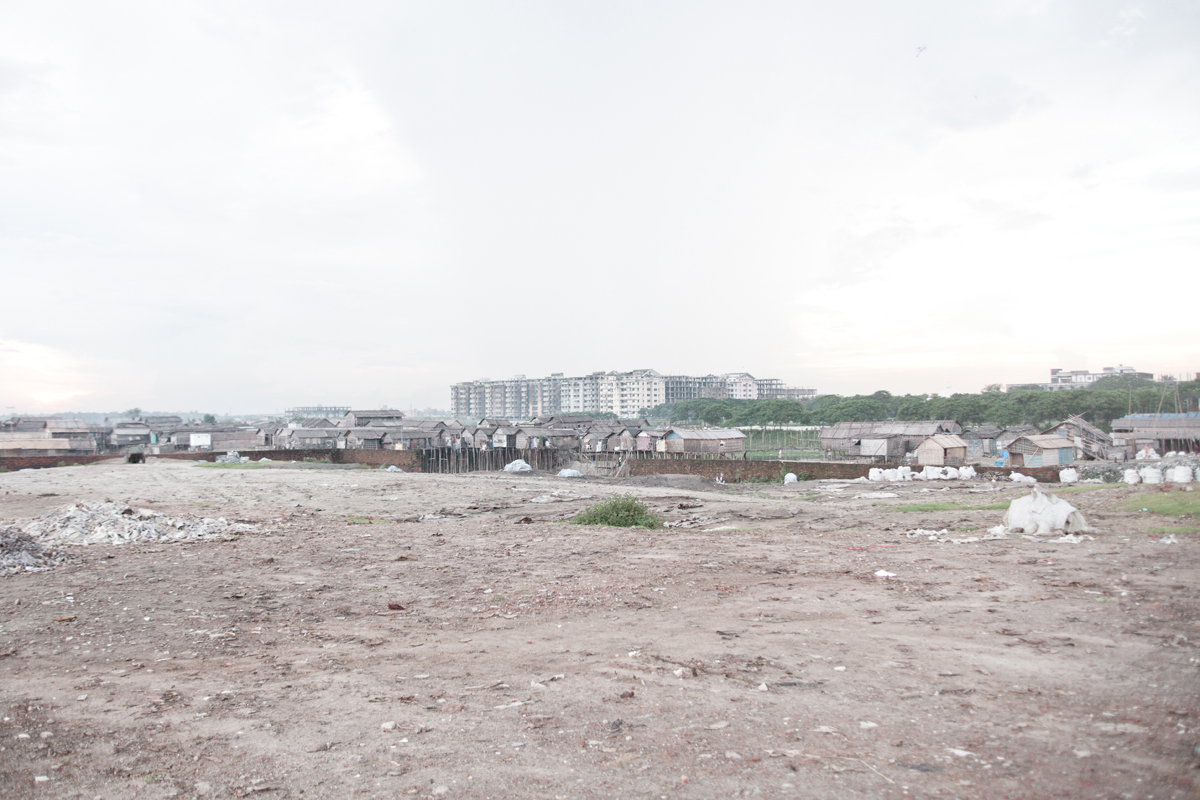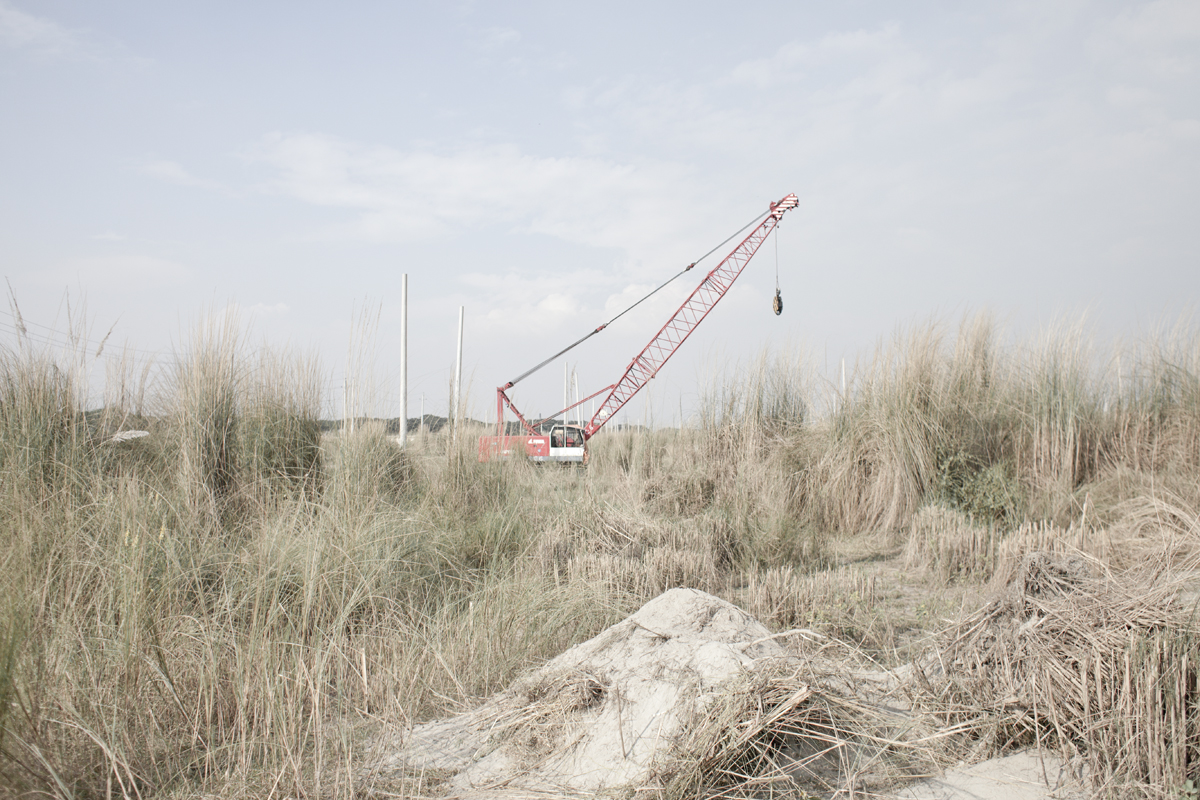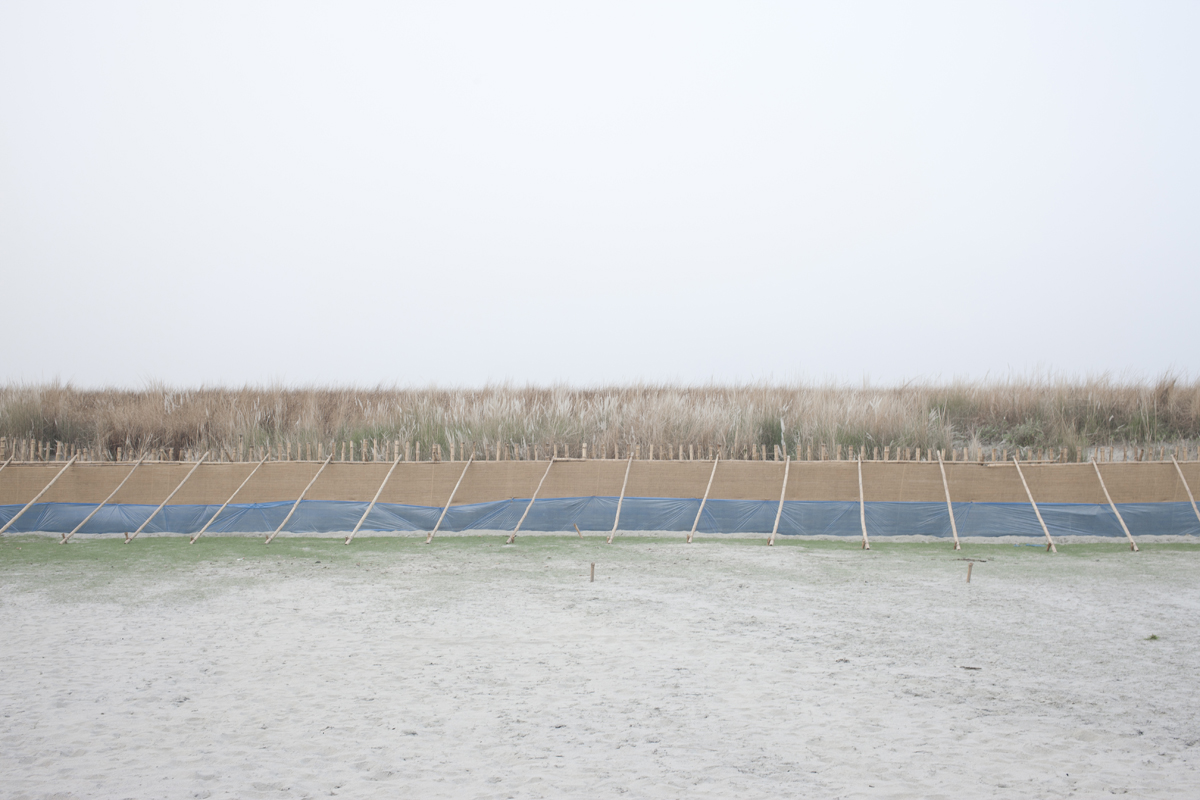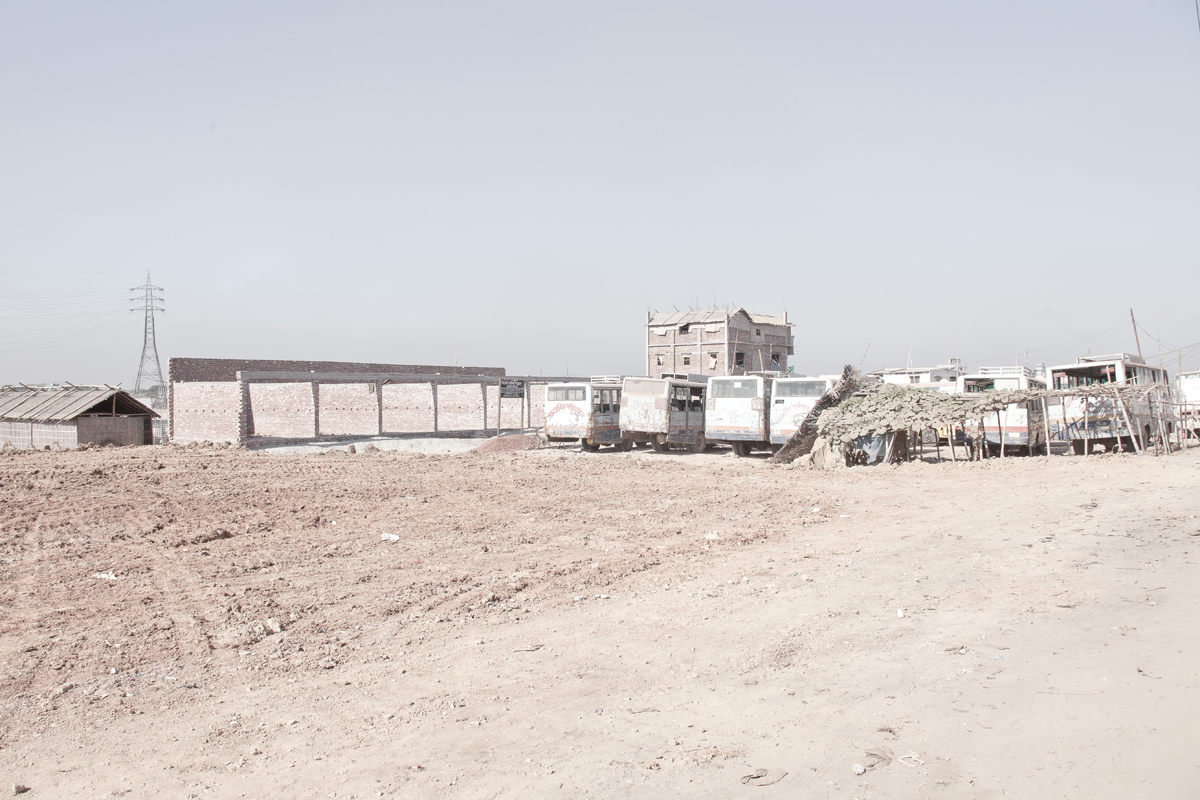Dhaka is located in central Bangladesh at 23°42′0″N 90°22′30″E, on the eastern banks of the Buriganga River. The city lies on the lower reaches of the Ganges Delta and covers a total area of 360 square kilometers (140 sq mi).
Dhaka district has an area of 1463.60 square kilometers (565 sq mi). Tropical vegetation and moist soils characterize the land, which is flat and close to sea level.
The cities in Bangladesh are the center of employment, communications and development. So, people are rapidly migrating to these cities from rural areas place putting additional pressure on infrastructure and water resources. During the last 25 years or so, Dhaka city has undergone rapid urbanization in an unplanned manner. Albeit, the process of urbanization denotes economic development, an unplanned and haphazard development has already made Dhaka one of the ugliest cities in the world. Urbanization, without considering the geological aspects has left a significant impact in the geo-environment of the city area. Water logging, pollution, changes in hydro-geological system, and building collapse are the severe consequences of these geo-environmental changes. Over the last 30 years, ground water withdrawal has increased more than 90% lowering the water level by 20m.
About 65 percent of the surface of Metro Dhaka was water bodies (Ponds, small lakes and stream) 20 years ago. But, now we have seen very few number of water bodies in the city. In 2010 the water bodies came at less than 50 square kilometer because most of the rivers are chock-full by building companies and develop the uptown areas.
Neither the local administration nor the relevant authorities stopped the massive destruction of the river Turag Balu Nod, Burigonga. Its foreshores and adjoining wetlands with mindless earth-filling by a number of private housing companies to develop plots are choking the river almost by half. More than thousand acres in Dhaka and its surroundings have been illegally occupied by 21 developers and by many people. The encroaches not only filled up the river bed and its foreshores, but also destroyed the marine ecology and biodiversity in the area and caused massive pollution. It’s obvious that we need new houses for the increasing population but this should not be at the cost of the environmental aspects of the city.
Photographs & Text: Suvra Kanti Das | Website: http://shuvo28.wix.
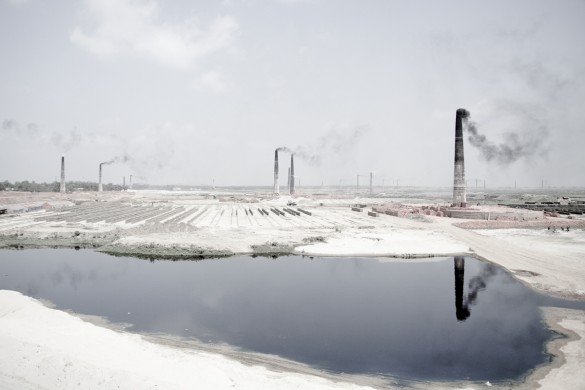
Share

